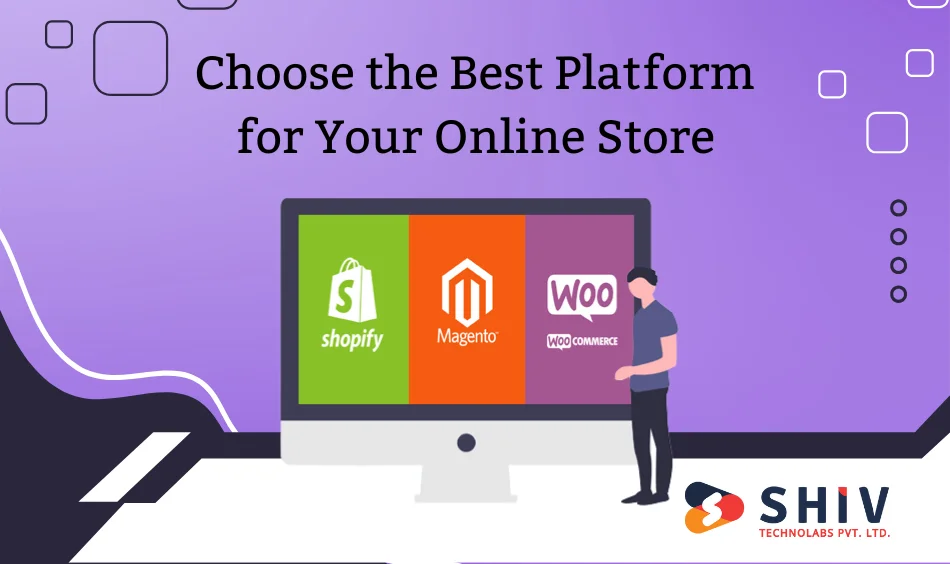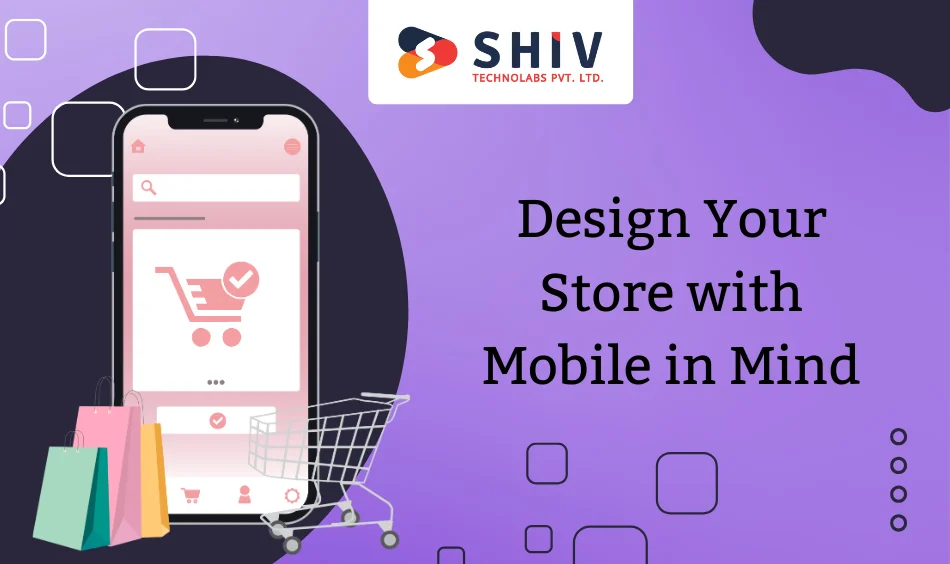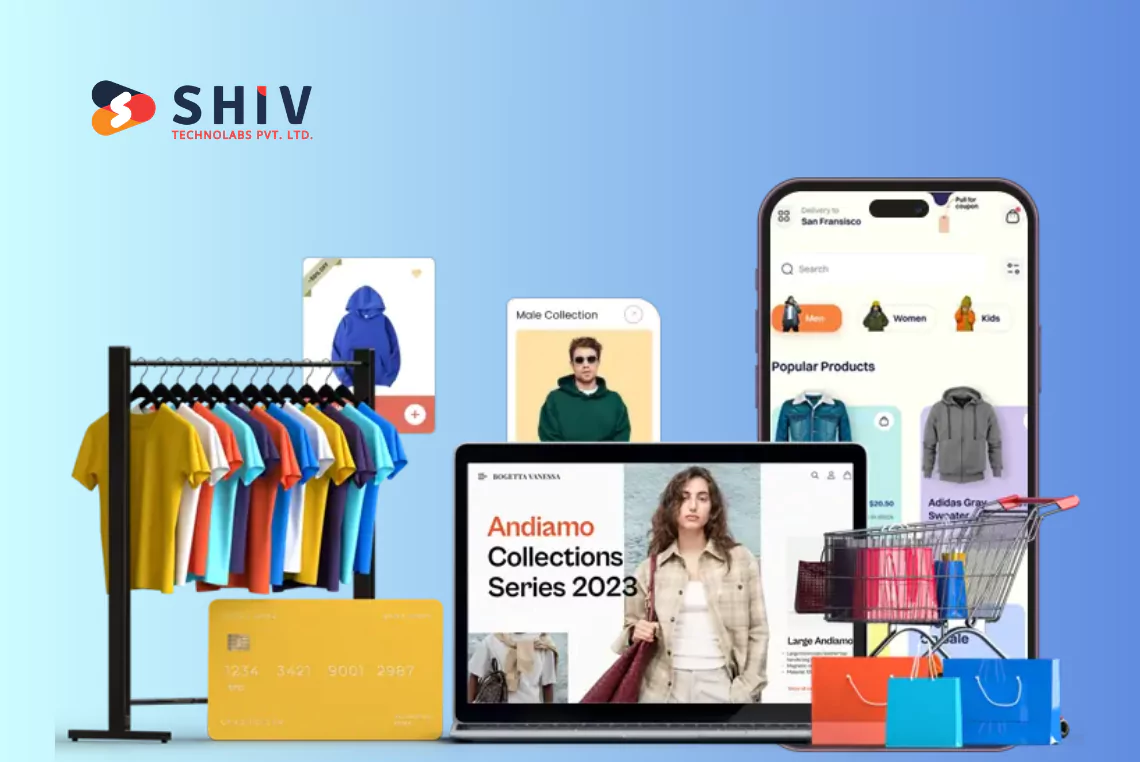Table of Contents
Online shopping in the UAE is growing fast. From clothing to electronics, more people are buying from local websites every day. If you’re thinking about starting an online store, now is a good time.
But running a successful ecommerce business takes more than a nice website. You need a clear niche, the right tools, and a simple business setup. This part will walk you through the first three steps.
Step 1: Pick the Right Business Model and Niche
Starting without a niche is a common mistake. A niche helps you focus on a group of buyers who want the same kind of product. It also makes it easier to market and compete.
What Should You Sell?
The UAE has a strong market for many product types:
- Fashion items (Abayas, shoes, bags)
- Electronics and gadgets
- Beauty and skincare
- Health and fitness items
- Baby products
- Home decor
You can sell products you make or source from suppliers. Some even dropship—where the supplier ships items directly to the buyer.
How to Choose a Profitable Niche?
Ask these questions:
- Does this niche have demand in the UAE?
- Can you offer something better or different?
- Are there trusted suppliers for this niche?
- Can you price the products fairly and still earn well?
Use Google Trends, Amazon UAE, Noon, or local Facebook groups to study demand. Many UAE ecommerce startup founders begin this way.
Once you find a niche, pick 10–20 products to start with. Avoid launching with hundreds of items. It makes your store slow and hard to manage.
Step 2: Choose the Best Platform for Your Online Store

The platform is your online store’s foundation. A weak platform can break your store. A good one will help you grow.
Popular Ecommerce Platforms in the UAE
Here are the top choices:
Shopify
Easy to use, fast, and hosted. Great for beginners.
- Built-in themes
- App store for extra features
- Supports local payment systems
- Mobile responsive
WooCommerce
A plugin for WordPress. Gives full control.
- Best for those with technical skills
- Needs hosting and setup
- Cheaper long-term if done right
Magento (Adobe Commerce)
- Powerful but complex.
- Built for large stores
- Needs a developer
- Great for scaling fast
You don’t need to know how to code to start. But you do need to pick a platform that matches your skill level and store size.
What Works Best for UAE Sellers?
If you’re just starting, Shopify is a strong choice. It supports Arabic content, AED pricing, and popular UAE payment gateways like PayTabs and Telr. It also has fast hosting, which helps your site load quickly in the region.
For those who want full control, WooCommerce works well. You can customize every feature and add plugins to handle VAT, local shipping, and even bilingual content.
Magento suits big brands with large inventories. But the cost of setup and updates can be high.
Make sure your platform:
- Supports local payment systems
- Loads fast on mobile
- Is easy to manage
- Offers SEO tools
- Can scale with your business
These points matter if you’re building your own ecommerce site in Dubai or anywhere in the UAE.
Step 3: Register Your Business and Set Up Payments
You can’t run a legal store in the UAE without a license. You’ll also need to accept online payments. Let’s break that down.
Registering Your Business
You have two main options:
- Mainland License (works across UAE, more flexibility)
- Freezone License (cheaper, but with location limits)
Most ecommerce startups go with Freezone setups like:
These zones are startup-friendly and offer ecommerce-specific packages. Licensing costs can range from $1,200 to $4,000 depending on the zone and extras.
Setting Up Online Payments
UAE customers prefer paying with cards or cash on delivery. You’ll need a payment gateway to accept card payments.
Top choices include:
- Telr
- PayTabs
- Checkout.com
- Stripe (limited support in UAE)
- Tabby (Buy Now, Pay Later)
Each one charges a fee per transaction. Some offer free setup, while others charge a one-time fee.
When you compare payment gateways, check:
- Setup cost
- Monthly fees
- Transaction fees
- Local currency support
- Refund and settlement process
You should also open a UAE business bank account to connect with your gateway.
Design, Features, and Building Trust with UAE Shoppers
You’ve picked a niche, selected a platform, and registered your business. Now it’s time to build your store. But don’t rush into uploading products. Your store needs to feel reliable, fast, and easy to use—especially on mobile. That’s what UAE customers expect.
In this part, we’ll cover store design, essential features, and how to build trust with local buyers.
Step 4: Design Your Store with Mobile in Mind

More than 70% of ecommerce traffic in the UAE comes from mobile. If your store looks bad on a phone, people will leave. Fast.
Use a Mobile-Optimized Theme
Choose a theme that adjusts to different screen sizes. Shopify and WooCommerce both offer mobile-ready themes. Check if the theme:
- Loads fast
- Has clean fonts
- Shows products clearly
- Keeps navigation simple
Avoid clutter. Too many banners, sliders, and pop-ups will slow down your site and confuse users.
Use Clear, Real Product Images
People want to see what they’re buying. Use sharp, high-quality images. Show products from different angles. Add zoom-in options. Don’t rely only on supplier images—use your own when possible.
Keep Checkout Short and Simple
A long checkout form kills sales. Use one-page checkout if your platform allows it. Let people check out as guests. Offer multiple payment options (like card, cash, and buy now-pay later).
Step 5: Add Key Features Buyers Expect in the UAE
Local shoppers have specific habits and preferences. You can’t ignore them if you want to grow sales.
Make Your Store Bilingual
Arabic is the first language of many UAE residents. Add an Arabic version of your site if possible. Shopify and WooCommerce both support this using apps or plugins.
A bilingual store builds trust and widens your reach. If you don’t translate everything, at least localize:
- Product titles
- Checkout instructions
- Delivery info
- Return policy
Offer AED Pricing and Local Payments
Always show prices in dirhams (AED). It looks professional and avoids confusion.
Also, add popular local payment methods like:
- PayTabs
- Telr
- Cash on delivery
- Tabby (installments)
Not all buyers in Dubai trust international gateways. Adding local ones makes your store more trustworthy.
Use Real-Time Inventory and Delivery Tracking
UAE buyers care about fast delivery. Let them know if an item is in stock. Add delivery time estimates on product pages.
You can also use:
- SMS updates for order status
- Real-time tracking links from delivery partners
- This makes customers feel informed and in control.
Step 6: Build Trust with Your Customers from Day One
People don’t buy from stores they don’t trust. Your store must look and feel real. That’s how you turn visitors into buyers.
Show Contact Information Clearly
Add a local UAE phone number, email address, and contact form. Even if no one calls, having a number builds trust. Use a business email (e.g., support@yourstore.ae) instead of Gmail or Yahoo.
Add Return and Delivery Policies
Make your policies easy to find and simple to read. Include:
- How long delivery takes
- Areas you ship to
- Return conditions
- Refund timelines
Shoppers are more likely to buy if they know what happens after the sale.
Add Social Proof and Reviews
If you’re new, add testimonials from friends or first customers. Ask early buyers to leave reviews. Positive feedback works better than any ad.
Use product reviews, trust badges, and even a “number of items sold” counter.
Show That You’re Based in the UAE
If you’re targeting Dubai or other UAE regions, say it clearly. Mention it in your homepage text, about page, and footers. Use the .ae domain if possible.
You can also:
- Highlight fast UAE delivery
- Add Arabic customer service hours
- Mention “based in Dubai” or “ships from UAE”
Getting Traffic, Scaling Your Store, and Staying Profitable
Now that your store is up and running, the next goal is clear: get people to visit and buy. You don’t need to spend thousands on ads from day one. But you do need a smart approach to grow traffic and increase sales.
Step 7: Start Selling With Low-Cost Marketing
You don’t need a big budget to start selling online in UAE. Focus first on organic reach. Once you get your first sales, you can scale with paid options.
Use Local SEO to Get Found
People in the UAE search for products using local terms. For example:
- “Abaya online UAE”
- “Buy protein powder in Dubai”
- “Cash on delivery electronics Sharjah”
You can rank for these searches by:
- Adding product descriptions with location-based keywords
- Including delivery info on every product page
- Creating city-specific pages (e.g., “Fast shipping to Dubai, Abu Dhabi, Sharjah”)
Use your blog to post useful content like:
- “Best gifts under AED 100 in Dubai”
- “How to pick the right skincare product for UAE weather”
SEO takes time but builds trust and steady traffic.
Grow With Social Content
Instagram, TikTok, and Facebook work well in the UAE. Post short videos, product tips, and local offers.
You don’t need a studio. Use your phone and shoot real product usage, packaging, or delivery updates.
Tag local influencers or customers. Offer small rewards for sharing your product. Word of mouth spreads fast in local groups.
Step 8: Use Analytics and Feedback to Improve
Growth starts with data. Track how people use your site. See what they click, where they drop off, and which items sell.
Tools You Can Start With:
- Google Analytics – Track visitors, traffic sources, and sales
- Hotjar – See heatmaps and how people scroll
- Meta Pixel – Helps you retarget visitors on Facebook and Instagram
Ask real users for feedback. Run a poll after checkout:
“What made you buy from us?” or “What can we improve?”
Use answers to tweak product pages, navigation, or support.
Step 9: Scale Your Store Without Adding Chaos
Growth should not mean more stress. Use tools that save time and automate repeat tasks.
Use Automation Wherever You Can:
- Email follow-ups after checkout (Shopify, WooCommerce plugins)
- Auto-restock alerts
- Low inventory warnings
- Abandoned cart recovery emails
- Order status updates via SMS
You can also link your store with UAE shipping services like Aramex or Shipa for real-time tracking and fast delivery.
Once you start growing, consider a basic CRM to handle repeat buyers, loyalty points, or support tickets.
Work With a Trusted Ecommerce Development Company in Dubai
If you want to avoid common mistakes and launch faster, you can work with a local team that understands the market. At Shiv Technolabs, we help businesses in the UAE build, launch, and grow custom ecommerce stores that actually sell.
Here’s what we offer:
- Full store setup on Shopify, WooCommerce, or Magento
- Custom features like bilingual content, local payment integration, and VAT setup
- Support for Arabic, AED currency, and UAE shipping tools
- Mobile-first design and fast performance
- Ongoing updates, SEO help, and support
Whether you’re just starting or looking to scale, we’re ready to help. Get a free quote from our eCommerce development company in Dubai today.
Final Thoughts – Your UAE Store Can Work, If You Build It Right
Starting an online store in the UAE isn’t hard. But making it profitable takes planning, action, and smart tools.
We covered how to start a profitable online store in the UAE by choosing the right niche, platform, and business setup, then building a mobile-friendly store with local features like Arabic support and AED pricing. We also explored ways to drive traffic through SEO and social content, track performance with analytics, and use automation to scale without extra stress.
You don’t need to be a tech expert to succeed. You just need a clear path, the right tools, and a local focus. Follow these steps, stay consistent, and your ecommerce journey in the UAE will not only begin—it’ll grow profitably.
If you’re ready to turn your idea into an actual business, now’s the time to take action. Start today, build smart, and sell with confidence.




















